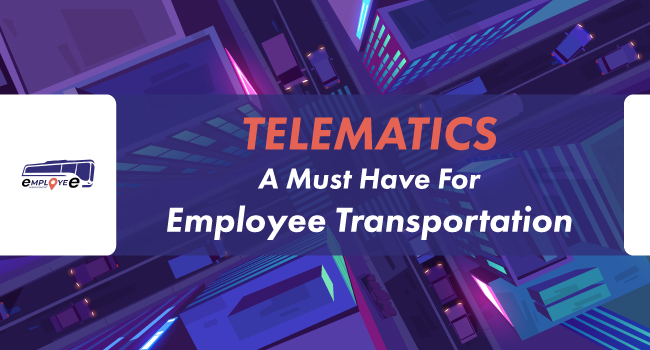We have traveled so far since the invention of the automotive. With the arrival of new set of features employee transportation management system, everyday hassle has become non existent.
Once they were considered as unreliable and were looked upon with skepticism. Same was with the case of technology used.
However, there were a lot of people who were not willing to give up. They strongly believed that automobiles are the shortcut to development, which was absolutely right. Time has already proven it.
One of the major use of automobiles is transportation. It is the crucial factor of any industry. However, the ordeal of transportation has always been painstaking.
The situation has now slowly started changing especially after the invention of Employee Transportation Management system.
The invention of Transportation management system is a boon to companies as nowadays employee satisfaction is crucial to the success of any company.
Let’s see its features,
-
Live Tracking Dashboard:
Real time tracking of the vehicle during a commute will be available on the dashboard. For instance, the dashboard will show a user the exact routes where the vehicle is going. If there is any deviation, the person who has access to the dashboard will be notified so that necessary steps can be taken.
-
SOS Alert:
Employees will also receive an app which is also a part of the system. If there is a case of emergency situation, employees can alert, authorities, manager of the team as well as system admin of the transportation system simultaneously or separately.
-
Trace the Trip:
Exact route taken by the transportation vehicle can be tracked and time duration of the trip taken can also be tracked.
-
Notifications:
Employees, managers, as well as drivers, will receive notifications in accordance with their role in transportation.
-
Speed Alert:
Whenever there is a breach of speed limit the system will send the warning signals to concerned authorities so that mishap won’t happen.
-
Route Planner and Scheduler:
New routes can be planned in accordance with the request of an employee. Often cabs are allocated as first come first serve basis.
-
Digital Trip-sheets:
Complete details about the trip of an employee can be stored in the system and employees as well as managers will be able to access it in future or real-time.
-
Communication:
Employees will have a private message section where they can contact their office in case of an emergency. Likewise, drivers can also contact the fleet manager or even the company.
-
Billing:
Digital invoices can be generated instantly through apps.
-
Apps:
The system can be integrated into a mobile app so that employee, manager, and driver can access it at the same time and can access data in accordance with their authority.
-
Vehicle Expense Management:
The complete expense of a vehicle including, spare parts price, service time and cost, transportation price etc. can be managed through this section.
-
Third Party Hardware Integration:
Further enhancement to the system can be made via integration with hardware’s. For instance, camera system, sensors, etc.
-
Ranking System for Drivers:
Drivers of the vehicle will be ranked according to the scores given by the employees. This will ensure that the commute is smooth and will create a bond between drivers and the company.
Read Also: “240 mph, Virgin Hyperloop Sets Record – Why is it the Imminent Future?”
Features of Employee Transportation Management System
- Saves up to 25% of the actual transportation cost
- On-time pickup and drop off of employees
- No more disputes with transportation vendor regarding bills
- Trip scheduling and cancellation is easy
- Assured security for employees as well as drivers
- Effective Geo-Fencing
- Tension free employee transportation
- Increased employee satisfaction score.
- Will be able to reduce the use of automobiles by employees thus an environment-friendly image can be projected in front of the public.



